Hi everyone, my name is Lisa Mackay from Wicked & Weird. I was happy to be asked to contribute a post to the Fieldstone blog – windows and doors are actually close to my heart. For years my dad sold windows and doors (and flooring and siding and more) at our family business in New Brunswick, and they are always the first things I notice about a house. We actually used to drive around as a family and comment on all the windows and doors in the neighbourhood… you know, like regular families do with Christmas lights? I remember being very surprised when I discovered that not everyone did this.
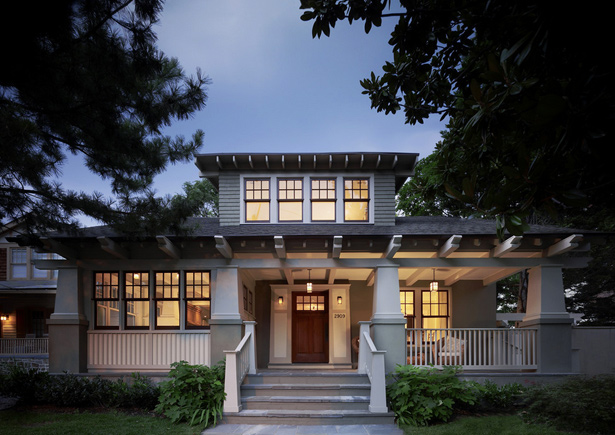
My Dad had a soft spot for the American Arts & Crafts style, and I learned about Greene and Greene, Gustav Stickley, Bernard Maybeck, and F. L. Wright almost by osmosis. The style grew out of the William Morris school in Britain, with a bit of Japanese influence, but adapted to suit the burgeoning middle class in America. Instead of big rooms for entertaining at the front of a house with a huge central hall and small ‘worker’s’ rooms at the back, the Craftsman bungalow style melded the two. Breakfast nooks were added to kitchens, built-in bookcases by the fireplace displayed beautiful crockery, and central entryways were traded for big front porches and family space.
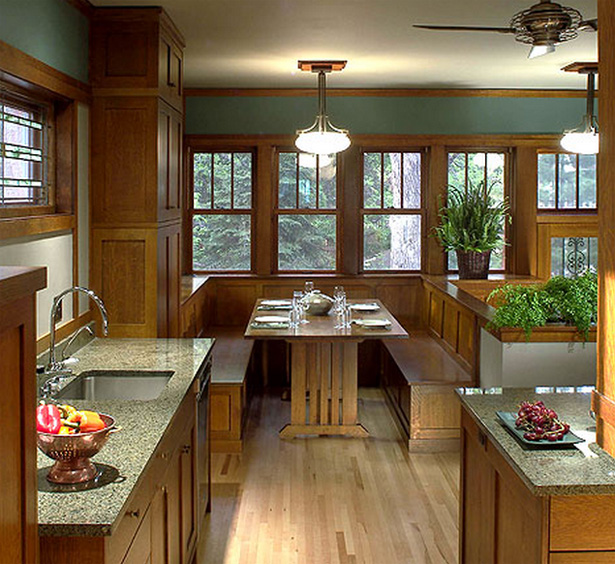
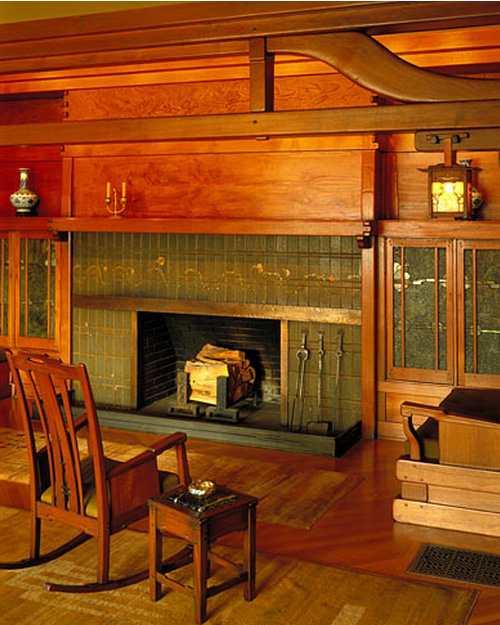
Windows and doors are fundamental to defining the style. Its emphasis on blending with the natural environment meant doors were left bare to showcase the grain of the wood, and windows were carefully considered to frame the view and take advantage of any light available.

The windows were usually double-hung sash windows, with a distinctive grid pattern on the top sash (usually 4 over 1, or 6 over 1), and this style is still beautiful today, in almost any context.
Craftsman homes often group windows in three’s, with the centre panel being larger than the sides. Often, the door was placed in the centre and grouped with two windows on the side.
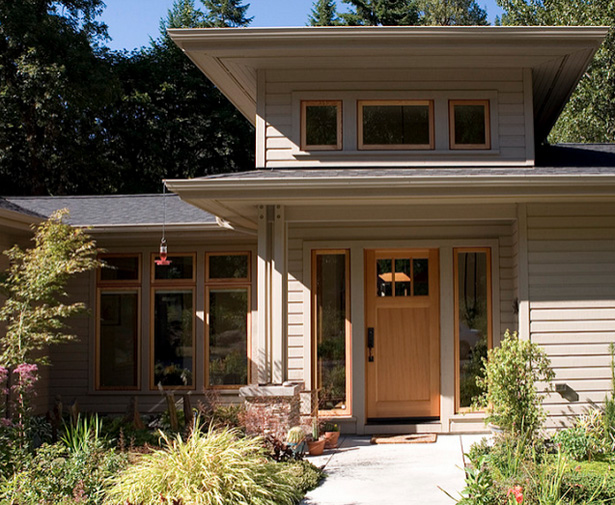
There was also prevalent use of accent windows, especially on either side of the fireplace, and as a horizontal transom window over doors and windows. Especially in the later Prairie Style of Frank Lloyd Wright, these were often pieces of art in and of themselves, made of beautiful stained-glass. Wright called them his “light screens”.



Although now I seem to gravitate more to a light and fresh style and away from all the wood-filled arts and crafts interiors, I think I will always love them in my heart-of-hearts – especially the windows and the doors.
Visit our contact page to ask us about craftsman style windows and doors.

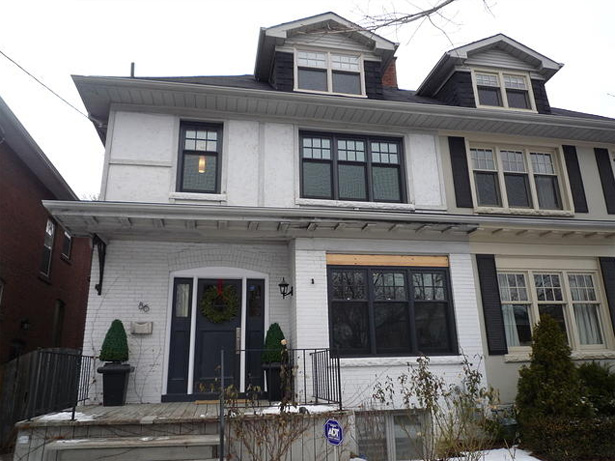

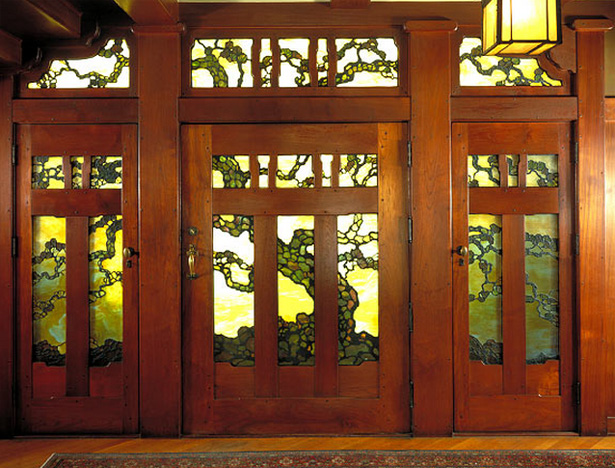

Leave a Reply